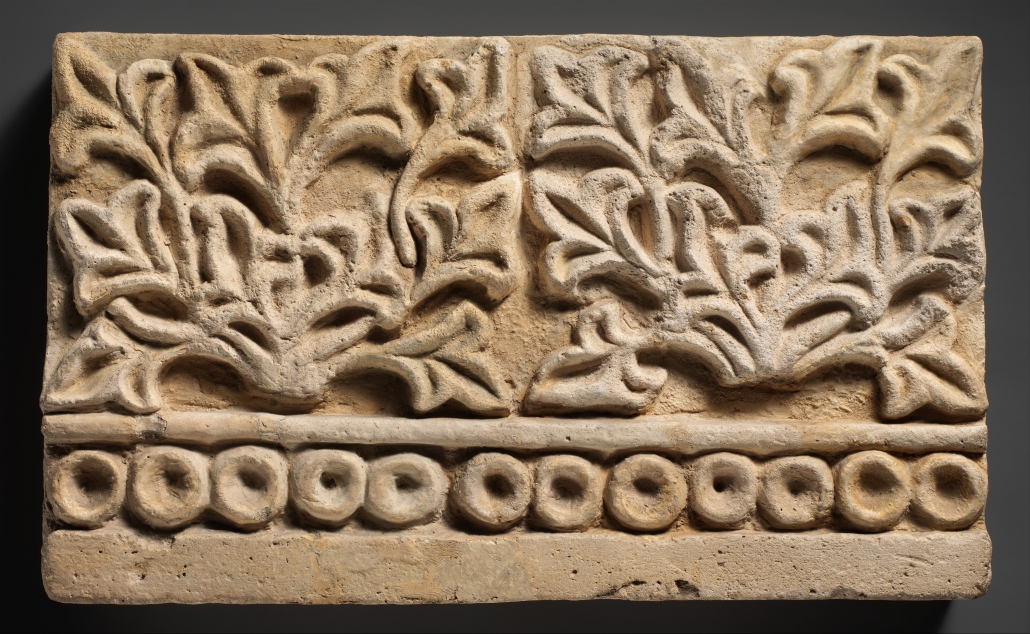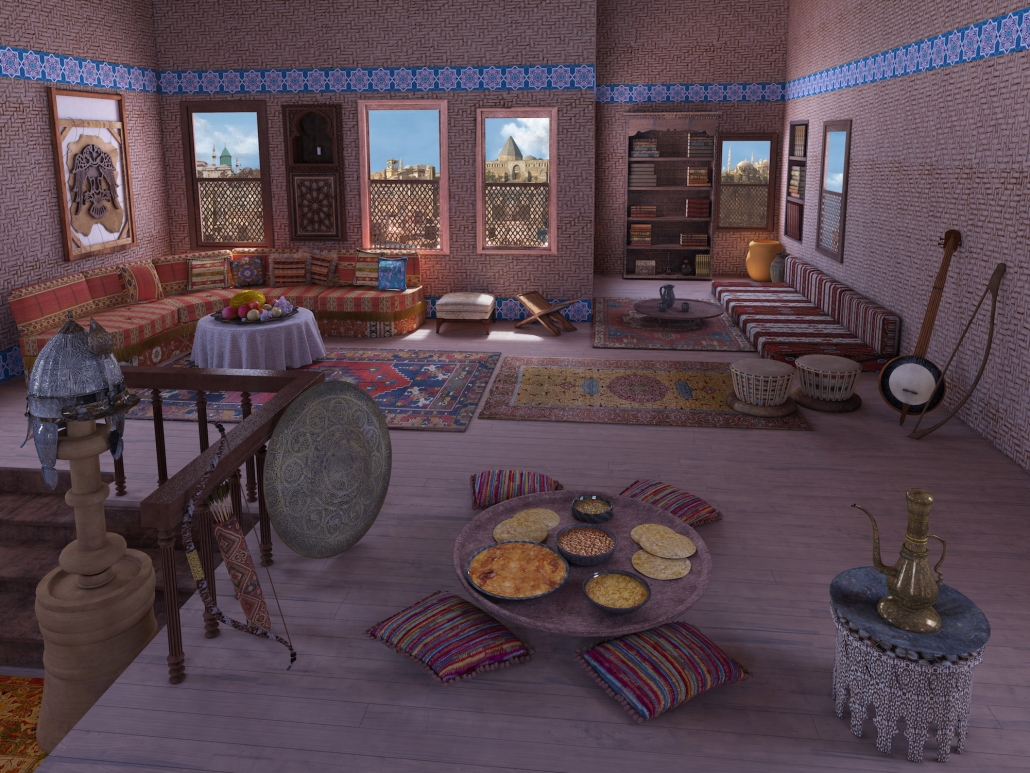Sasanid Empire

The Sasanians were the last pre-Islamic Iranian dynasty who ruled an expansive empire stretching across western and central Asia. The Sasanians called their empire Eranshahr, the Empire of the Iranians. Much of the material culture that survives is court art, that is, luxury objects and royal monuments created and used by the empire’s ruling and elite strata of society.
This essay briefly introduces the Sasanian Empire through a handful of key monuments. It provides insight into how Sasanian rulers perceived their place in the world, and how they conveyed this understanding to both denizens within the empire and to those beyond its frontiers. It also illustrates how the Sasanians materialized their artistic values while simultaneously building bridges both with an Iranian past and with their contemporary neighbors of Rome, China, and Central Asia.
A hallmark of royal Sasanian architecture is the ayvan (referred to as an iwan in the Arabic), a vaulted space closed on three sides, and open on the fourth. Sasanian-era architects designed palatial complexes around a central ayvan that the Sasanian Shahan Shah utilized for courtly events and spectacles. At the Sasanian capital of Ctesiphon, on the Tigris River near present-day Baghdad, Iraq, stands perhaps the most famous ayvan, known as the Taq-e Kesra, the Arch of Khosrow. The ayvan is still the largest vault of unreinforced brick in the world, raising 35 meters in height and stretching over 25 meters in width.
For more, visit khanacademy.org

